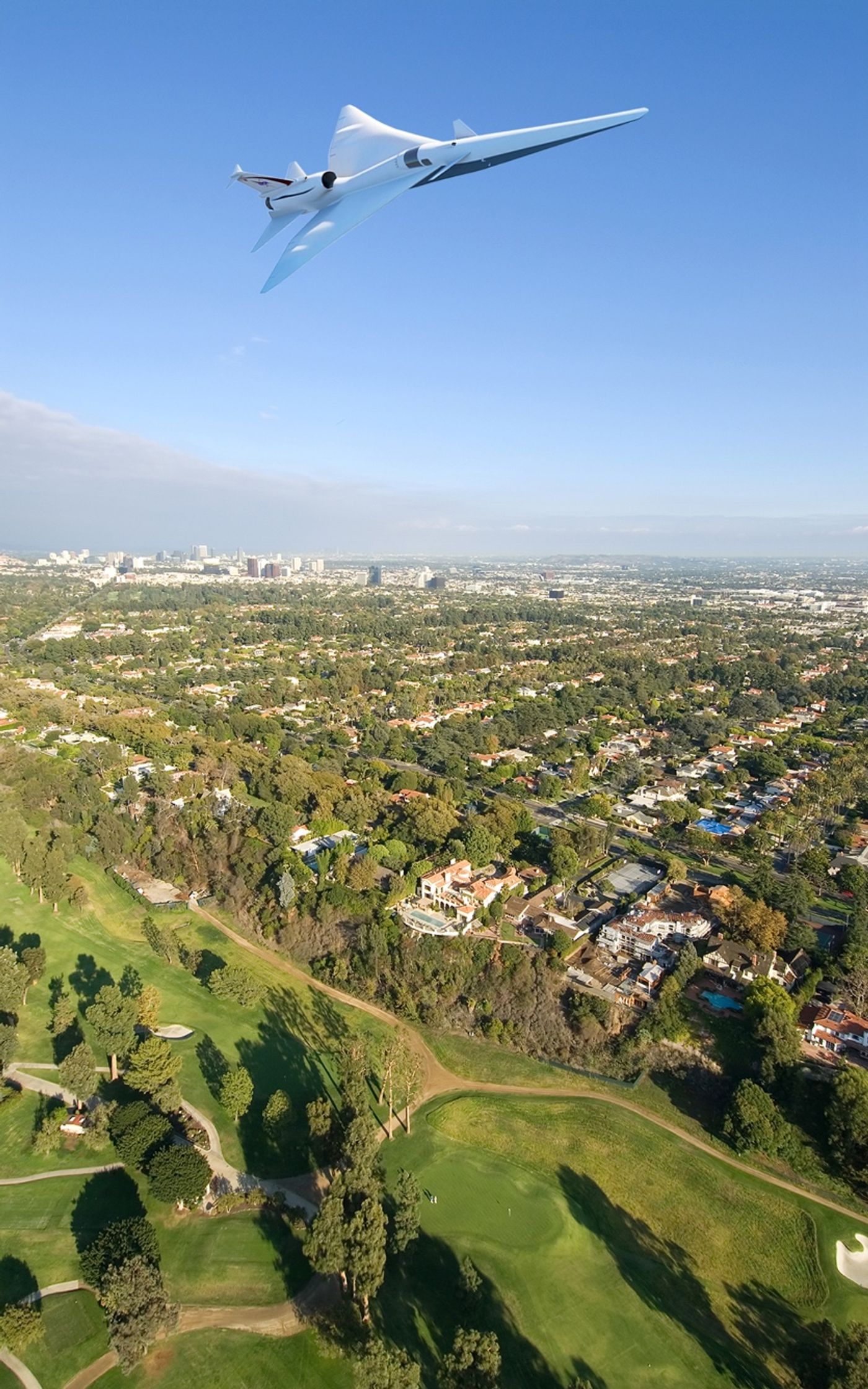NASA Teams Up With Lockheed Martin to Design a Low-Boom X-Plane
While NASA has a reputation for its role in astronomy and space research, the agency has a lot more going on behind the scenes than one might think. One example is a long-standing ambition to produce aircraft with futuristic designs; these are more colloquially known as X-Planes.
One of NASA’s modern X-Plane concepts envisages a low-boom supersonic jet. In other words, the aircraft would surpass the speed of sound without generating the ground-rattling sonic boom that people below might find discomforting.
Image Credit: NASA
The aircraft wouldn’t be entirely silent, but the intensity of the sound would be slashed significantly through aerodynamic hacks. Citing an official NASA statement, the sound would be as subtle as a car door closing. That said, the initiative is a push to make jets of this nature just a little bit friendlier to the general public.
Related: NASA makes progress on its low-boom aircraft design
As good as these plans might sound on paper, NASA hasn’t made them materialize yet. On the other hand, the American space agency signed a $247.5 Million deal with prominent aerospace company Lockheed Martin this week that could make it happen in as little as four years.
NASA and Lockheed Martin strive to build a sample aircraft dubbed the Low-Boom Flight Demonstrator (LBFD) by the year 2022. Once completed, it would fly 55,000 feet above select cities in the United States at speeds of around 940 MPH, and NASA would then poll residents below concerning the experience to discern whether the venture was successful or not.
Assuming everything goes well, then the work that goes into the LBFD could go on to influence future commercial aircraft designs, potentially transforming the commercial airliner industry for the better.
It ought to be interesting to see what Lockheed Martin comes up with as it begins work on the project.
Source: NASA









